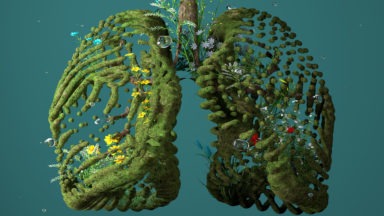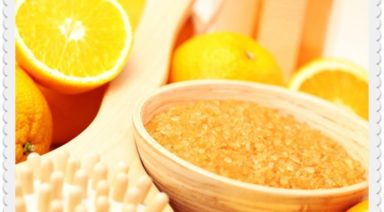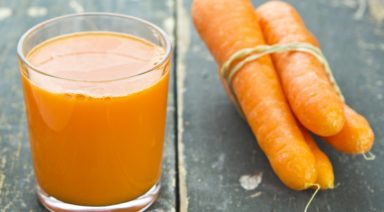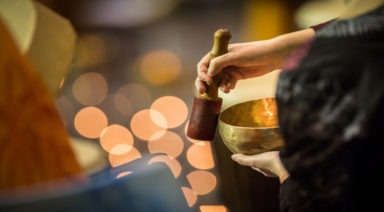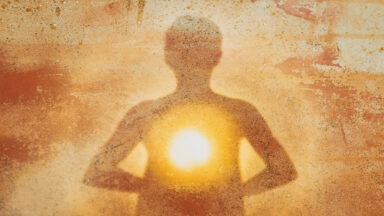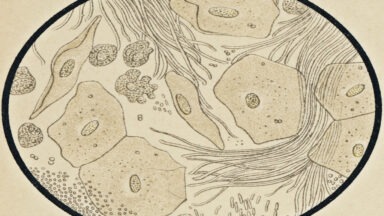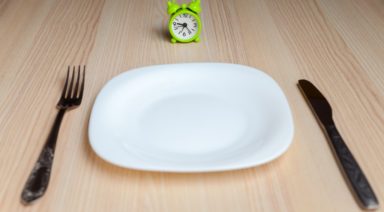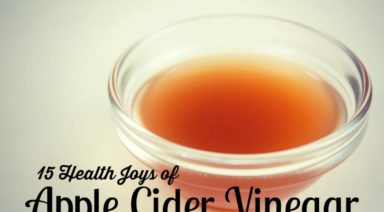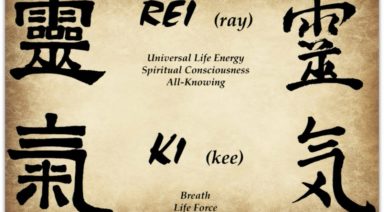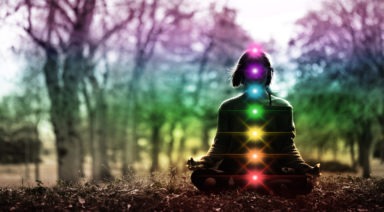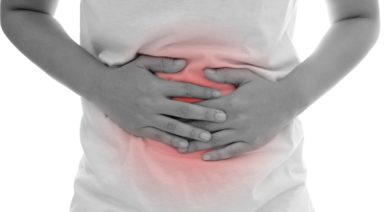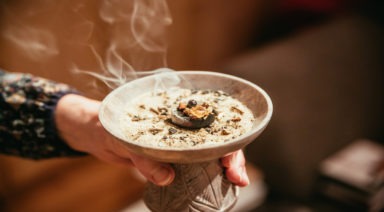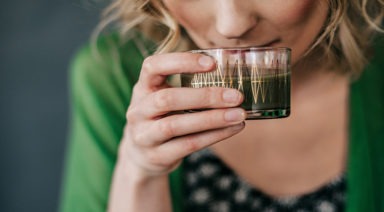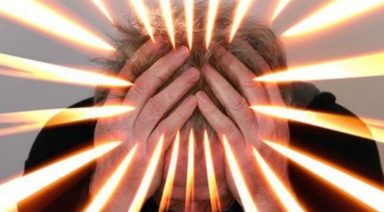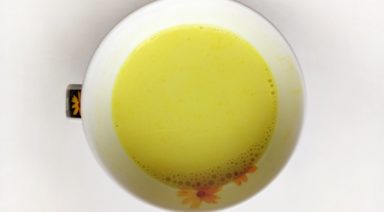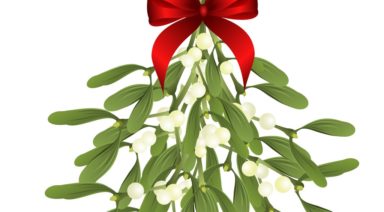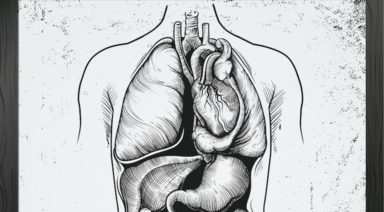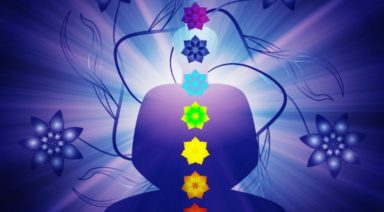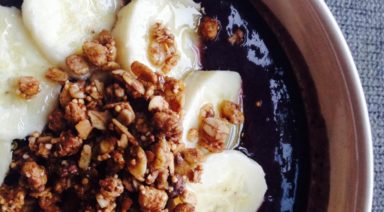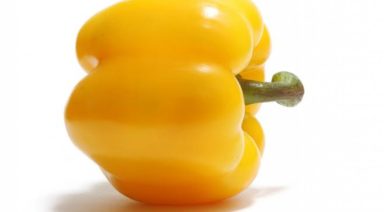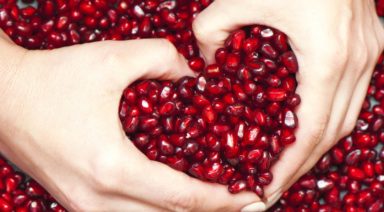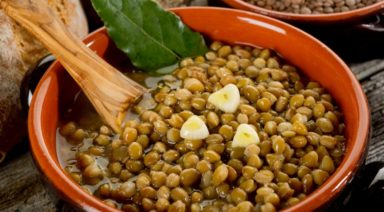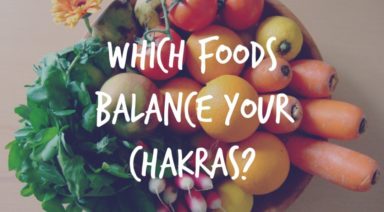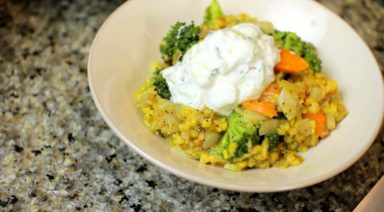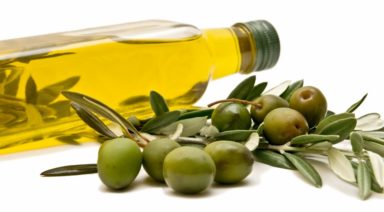Gaia’s Top 10 Videos On Plant Medicine and Psychedelics
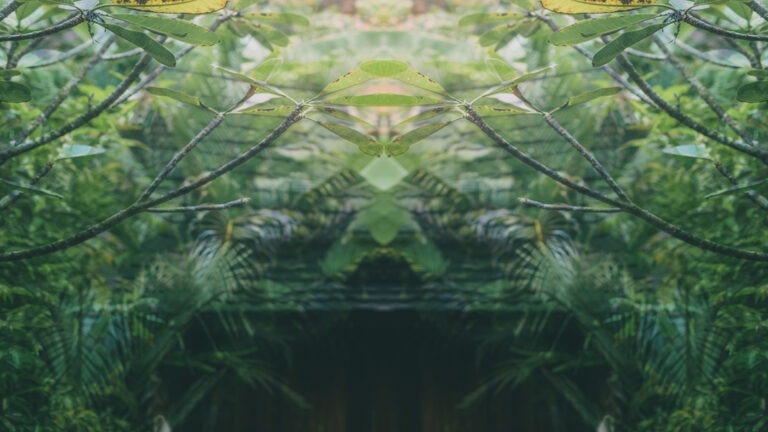
As taboos fade and paradigms shift, our society is coming to learn the truly profound therapeutic benefits of plant medicine and shamanic traditions. While the tides have been slowly turning over the past few decades with our cultural perception and understanding of psychedelics, we’ve now entered into an era in which these natural, mind-expanding modalities are being embraced more than ever. Check out Gaia’s growing library of videos on these shamanic traditions and their ability to bring healing to humanity’s collective consciousness.
1. Psychedelica
In this ground-breaking original series, experts explore the history and use of psychedelic plants including political ambitions, the perceived shadow side, and the proper environment to experience these substances. From the origins of Shamanism to the spiritual expression of modern awakenings, discover the role of sacred medicine as a gateway to expanded consciousness, and its continued influence on humanity.
2. Ayahuasca: Vine of the Soul
Can a sacred plant medicine from the Amazon heal our minds and spirits? In the heart of the jungle, a naturopathic doctor and an accountant experience life-altering epiphanies when they drink the psychoactive brew ayahuasca, the “vine of the soul.” This award-winning documentary explores the mystery of ayahuasca shamanism, offering insights into the nature of spirituality, mystical experience, and self-healing discovered through an expanded state of consciousness.
Is ayahuasca a doorway to direct knowledge of the divine or a path that leads to psychological trauma? Can it cure modern addictions to drugs and alcohol or is ayahuasca itself a possible substance of abuse? Some call it a medicine, others a sacrament; the Amazonian shamans say it is simply a “plant teacher” that tells you what you need to know.
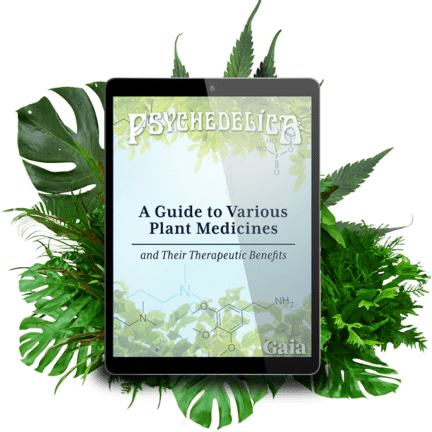
Enter your email below to receive a free ebook
A Guide To Various Plant Medicines and Their Therapeutic Benefits
3. Healing Powers
The modern War on Drugs has deemed that all mind-altering substances are harmful for individuals and society at large, but in our new series Healing Powers, we travel the globe to show how people have been using “drugs” for as long as recorded history — both to heal mental ailments as well as support more conscious connections to the world around us.
Watch as Mareesa Stertz personally participates in psychedelic and healing experiences, learning first-hand of the restorative powers of cannabis, psilocybin mushrooms, ayahuasca, and other plant-based tonics, while meeting some of the individuals embracing alternative forms of medicine in an ever more pharmaceuticalized world.
4. Bufo Alvarius: The Underground Secret
A radical testimony of the strongest known natural psychedelic, tryptamine 5-MeO-DMT, produced by Bufo Alvarius, a toad of the Sonoran Desert. The breathtaking audio-visual adventure is enhanced by immersive animations inspired by the psychoactive effects of this extraordinary substance.
Fascinating stories of a group of Czech psychonauts are combined with personal insights of Stanislav Grof, a Nestor of transpersonal psychology, and Octavio Rettig, a modern shaman who has facilitated ceremonial contact with Bufo Alvarius for thousands of volunteers from around the world. For many, the experience has been life-changing.
Originally intended to simply document these experiences, the film evolved into an intense meditation on the nature of consciousness and being.
5. Neurons to Nirvana
A feature documentary about the resurgence of psychedelics as medicine. Psychedelics can be potent tools for getting to know who we are, who we can be, and for healing the trauma of a society that is addicted to greed and consumerism.
This film dares to break the taboo surrounding psychedelic medicines, by examining and revealing their proven potential to heal and alleviate suffering on a global scale. Through interviews with the world’s foremost researchers, writers, psychologists, and pioneers in psychedelic psychotherapy, the film explores the history and medicinal potential of five powerful psychedelic substances (LSD, Psilocybin, MDMA, Ayahuasca, and Cannabis).
6. Aya Awakenings
AYA: Awakenings is a documentary journey into the world and visions of Amazonian shamanism, adapted from the cult book AYA: A Shamanic Odyssey by Rak Razam. As Razam sets out to document the booming business of Amazonian shamanism in the 21st century, he quickly finds himself caught up in a culture clash between the old world and the new.
Braving a gringo trail of the soul, he uncovers a movement of “spiritual tourists” coming from the West for a direct experience of the multi-dimensional reality shamanism connects one to. Central to this is ayahuasca – the “vine of souls” – a legal South American entheogenic plant medicine that has been used by Amazonian people for millennia to heal physical ailments and to cleanse and purify the spirit.
7. Microdosing for Transformation
Paul Austin discusses the responsible and intentional use of psychedelics for spiritual transformation. He explains how microdoses of LSD, Psilocybin, and other psychoactive materials can help productivity, creativity, and flow states. From there we explore the benefits of combining microdosing with other consciousness enhancing practices, such as meditation and yoga. He claims the future is promising, as new research is underway combining different plant medicines for synergistic effects.
8. Amazonia: Healing With Sacred Plants
Psychologist, anthropologist, and author Alberto Villoldo has studied the shamanic healing practices of the Amazon for more than 25 years. In this beautifully filmed documentary, he shares the secrets of the jungle’s sacred plants and the healers who administer them, deep in the Amazon rainforest. Dr. Villoldo also explains the theory and process behind Ayahuasca, the legendary and powerful brew made by the shamans.
9. Terrence McKenna’s Prague Gnosis: Sasha Shulgin
Alexander Shulgin, Sasha to his friends, is nothing less than the godfather of psychopharmacology. Shulgin has given his life to the study of the pharmacology of the psychedelic experience. In the last episode of the series, while walking through the Old Jewish Cemetery of Prague, Terence and Sasha talk about tryptamine experiences, the problem with how America handles the drug crisis, and how they see themselves in all of this.
10. Mind Shift: Psychedelics and Religion
Many religions have used various mind-altering substances to connect with a creative mind, far beyond the limits of our five senses. In modern times, the use of these substances has become illegal. However, something is about to change. Daniel Pinchbeck talks with two luminaries to discuss the historical and future role of psychedelics and religion.
Artist, Alex Grey talks about the use of LSD as a creative tool for connecting with sacred reality through the visionary mystical experience. Then, author Michael Muhammad Knight offers his view of Islam that is considered controversial to some. Even more controversial was his profound experience with ayahuasca and the divine feminine. Both agree that bringing psychedelic sacrament back into religions would initiate a reemergence of the divine feminine and bring balance to the masculine dominance found in prominent religions in this inaugural episode.
Gaia's Top 10 Videos on Holistic Health and Lifestyle

How do you discover your own path of well-being and vitality to achieve optimal health? The road is different for everyone and is an enduring, life-long mission. We invite you to sit with experts, from various health-related fields, who share the fruits of their research on nutrition, supplements, dentistry, detoxing, and unlocking our full health potential. What you may discover could change every aspect of your life.
1. The Gut Movie
In The Gut Movie, we follow the journey of journalist and researcher Kale Brock as, in the quest to discover whether the “optimal microbiome” does indeed exist, he travels from Australia to Namibia to live with The San, an ancient hunter-gatherer people living traditionally from the land. During the excursion, Brock monitors his own microbiome and how it changes in conjunction with the new surroundings and takes microbiome samples of The San to gauge the significant differences in microbiota present across cultures.
With expert commentary by leading gastroenterologist Professor Thomas Borody, molecular geneticist Dr. Margie Smith, immunology researcher and expert Professor Mimi Tang, naturopath and chiropractor Dr. Damian Kristof and others, The Gut Movie provides an insightful yet entertaining look at the explosive research of the gut and its impact on human health.


